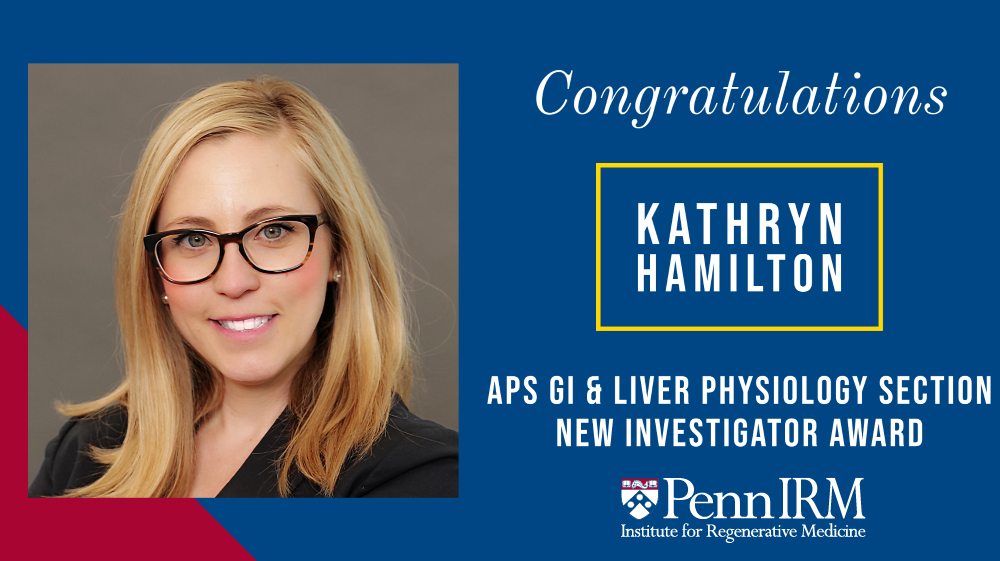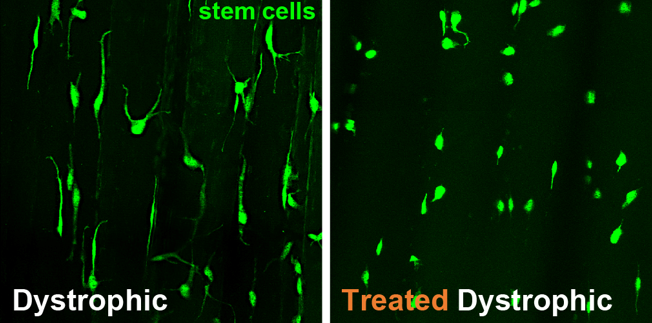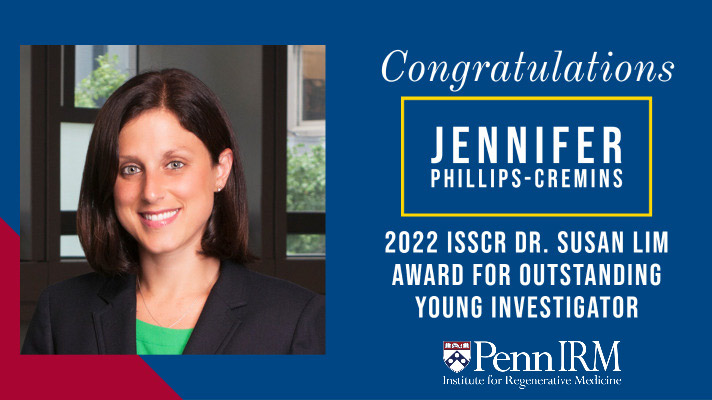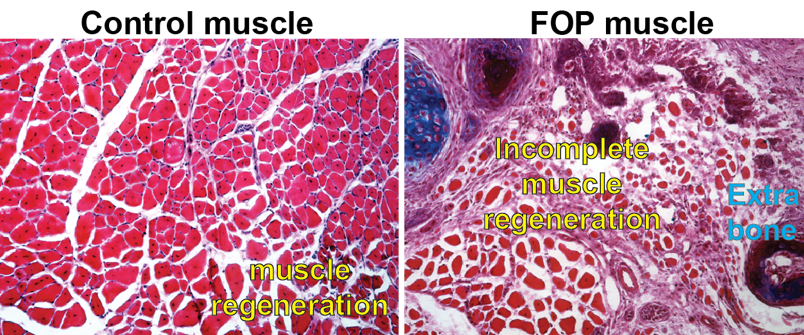Kathryn (Kate) Hamilton, Assistant Professor of Pediatrics and Co-Director of the Children’s Hospital of Philadelphia’s Gastrointestinal Epithelium Modeling Program, has been awarded the 2022 Gastrointestinal & Liver Physiology Section New Investigator Award by the American Physiological Society (APS)! She accepted the award at this month’s Experimental Biology Annual Meeting in Philadelphia.
Kate’s team studies the role of RNA-binding proteins in regulating epithelial cell fate and function in the gastrointestinal tract. APS recognized her for this award following a competitive selection process based on external nominations from leaders in this field of study.
Congratulations Kate!




